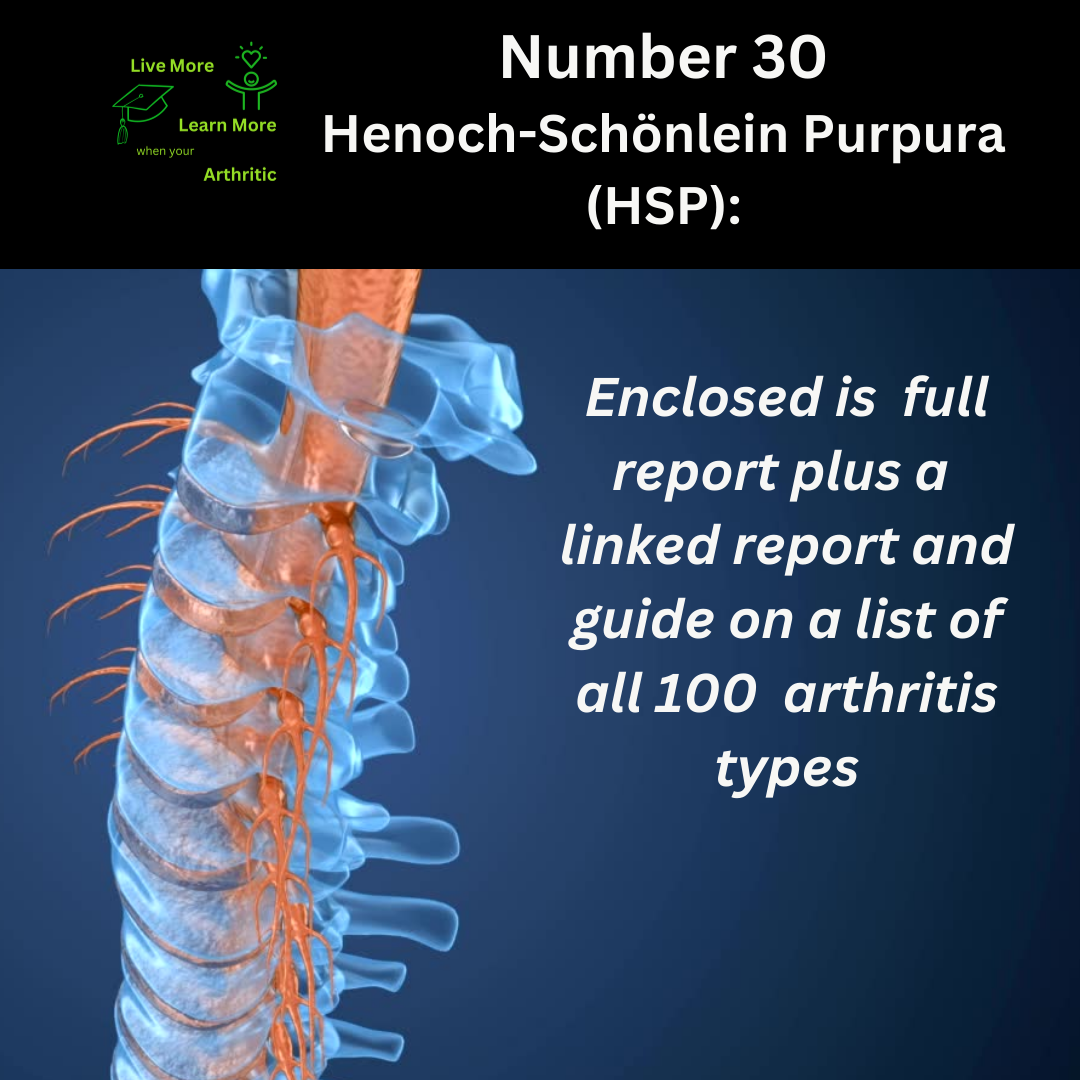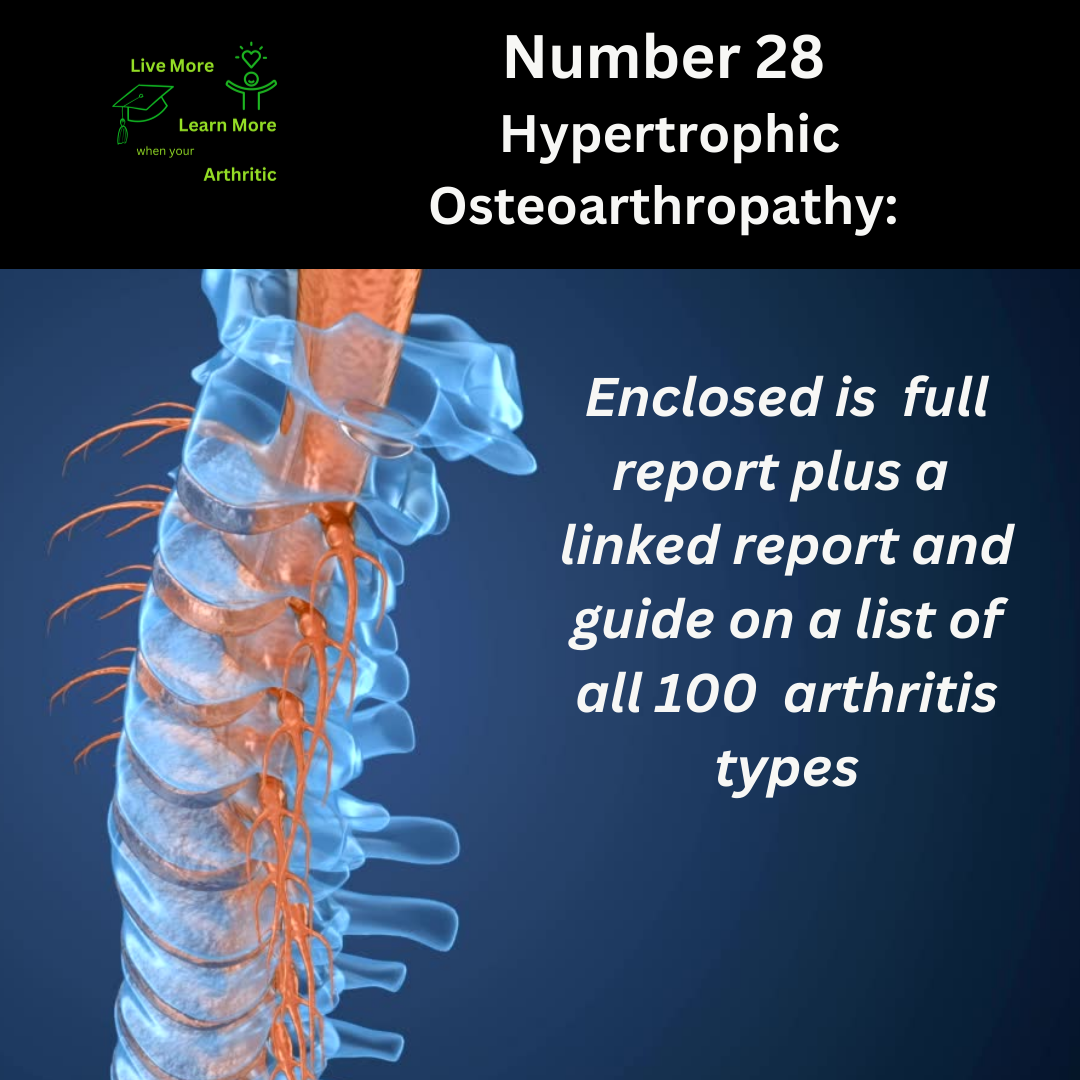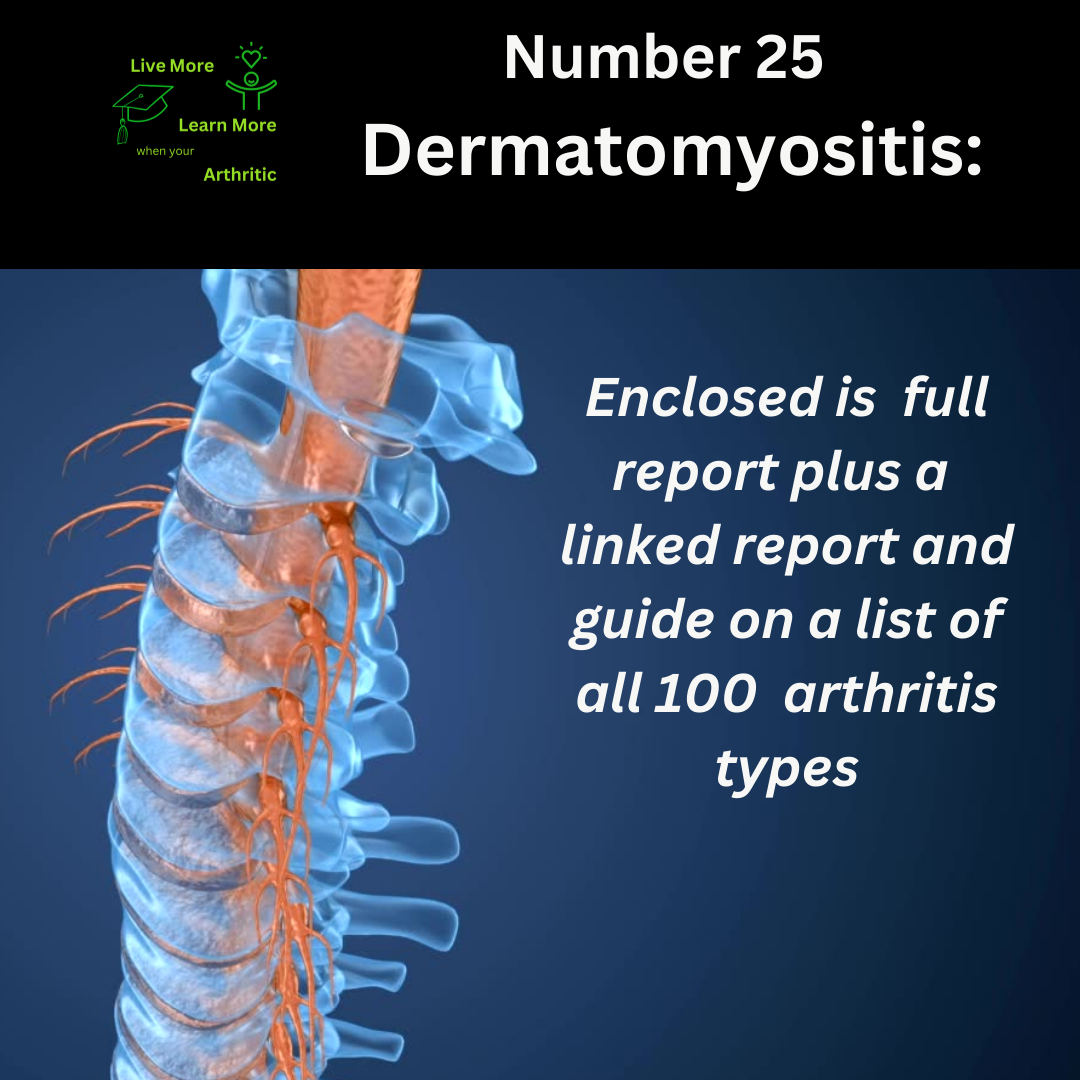-
The Root Cause of Degenerative Disc Disease
What is Degenerative Disc Disease?
Degenerative Disc Disease (DDD) is not exactly a “disease” but rather a term used to describe the natural wear and tear on a spinal disc as we age. Spinal discs are the soft, rubbery pads found between the vertebrae that provide cushioning and flexibility to the spine. Over time, these discs can degenerate, leading to pain, reduced mobility, and other symptoms.
The human spine is a marvel of engineering, but it’s also vulnerable to the ravages of time. Think of the spinal discs like the shock absorbers in your car. When they’re new, they help everything run smoothly. But as they age, they start to break down, leading to a bumpy ride. For some, this process can be relatively painless, while for others, it can be a source of chronic pain and disability.
-
Undifferentiated Connective Tissue Disease (UCTD): Number 31 on the list of 100 types of Arthritis
-
What Causes Increased Loss of Independence with Arthritis?
Let’s face it: no one dreams of a life spent in a Lazy Boy chair with a remote control as their most trusted companion. Yet, for many people with arthritis, this scenario feels all too familiar. Arthritis, that unwelcome party crasher, brings with it a host of challenges that can slowly chip away at one’s independence. But what exactly causes this increase in loss of independence?
Arthritis isn’t just about the pain. Sure, the constant ache in your joints can make even the most mundane tasks feel like Herculean efforts, but there’s more to it than that. The inflammation, stiffness, and decreased range of motion that come with arthritis can severely limit one’s ability to perform everyday activities. Imagine trying to open a jar of pickles when your hands feel like they’ve been encased in cement. Or trying to climb a flight of stairs when your knees are screaming in agony. Simple tasks like dressing, cooking, and even bathing can become monumental challenges.
-
What Causes Increased Sleep Disturbances with Arthritis?
Ah, sleep – that sacred, elusive haven where we recharge our bodies and minds, preparing to face another day. But for those with arthritis, the journey to this tranquil sanctuary can feel like trekking through a treacherous, thorny jungle. So, what causes this unholy alliance between arthritis and sleep disturbances? It turns out, several factors conspire to keep those suffering from arthritis wide awake at night, staring at the ceiling and counting sheep.
Inflammation is a key player here. Arthritis, being an inflammatory disease, causes the body’s immune system to go into overdrive, attacking its own tissues. This inflammation doesn’t just wreak havoc on the joints; it also disrupts sleep. The pain and discomfort that come with inflamed joints make it difficult to find a comfortable sleeping position. Tossing and turning becomes the nightly dance routine nobody signed up for.
Moreover, the stiffness and reduced mobility characteristic of arthritis don’t just clock out at bedtime. They linger, turning simple movements into Herculean tasks. Imagine trying to turn over or adjust your blankets with joints that feel like they’ve been set in concrete. This constant struggle adds to the restless nights.
-
Henoch-Schönlein Purpura (HSP): Number 30 on the list of 100 types of Arthritis
-
The Unsteady Dance with Arthritis: Navigating Fall Risks – YouTube Video
- ArthritiCare, Arthritis Care, Arthritis News, Arthritis Pain, Arthritis Remission, Arthritis Root Causes
The Root Cause of Cryopyrin-Associated Periodic Syndromes (CAPS)
Cryopyrin-Associated Periodic Syndromes (CAPS) is a group of rare, inherited, autoinflammatory disorders. These syndromes are characterized by recurrent episodes of systemic inflammation, leading to a variety of symptoms, including fever, rash, joint pain, and fatigue. CAPS is caused by mutations in the NLRP3 gene, which encodes a protein called cryopyrin. This protein plays a crucial role in the body’s inflammatory response, and mutations lead to its overactivation, causing excessive inflammation.
-
Buerger’s Disease (Thromboangiitis Obliterans): Number 29 on the list of 100 types of Arthritis
Navigating Life with Buerger’s Disease: A Tale of Resilience and Hope
Chapter 1: The Unpredictable Beginning
Imagine being a young adult and suddenly experiencing intense pain, numbness, and discoloration in your fingers or toes. This could be the bewildering onset of Buerger’s Disease (Thromboangiitis Obliterans), a rare and challenging condition affecting blood vessels.
-
Increased Fall Risk: The Unsteady Dance with Arthritis
Introduction: The Slippery Slope of Falling
Imagine navigating life on a tightrope. Every step feels precarious, every move calculated to avoid a disastrous plunge. This is the reality for many people with arthritis. The increased risk of falls is an often-overlooked consequence of this chronic condition. It’s not just about the pain in the joints but the instability that comes with it. Let’s explore what causes this increased fall risk, its effects, and the challenges it brings, all with a blend of humor, wit, and a hefty dose of reality.
-
Weight Gain and Arthritis: A Heavy Burden
Living with arthritis is no walk in the park. The constant pain, the stiffness, the limitations—it’s enough to make anyone want to curl up on the couch and stay there forever. But there’s another companion that often tags along with arthritis: weight gain. Let’s delve into the intertwined relationship between arthritis and weight gain, exploring what causes it, its effects, and the challenges it brings.
-
Hypertrophic Osteoarthropathy: Number 28 on the list of 100 types of Arthritis
-
The Lonely Battle: Social Isolation and Arthritis – YouTube Video
-
The Root Cause of Cryoglobulinemia
Cryoglobulinemia is a rare disorder that can turn an ordinary life upside down. But what exactly is it? Imagine your blood as a river, flowing smoothly, delivering nutrients and oxygen to every corner of your body. Now picture ice suddenly forming in that river, blocking its flow, causing turbulence and chaos. That’s Cryoglobulinemia. It occurs when abnormal proteins, known as cryoglobulins, become insoluble at cold temperatures, causing them to precipitate and form gel-like clumps. These clumps can obstruct blood vessels, leading to a range of symptoms from mild to life-threatening.
-
Giant Cell Arteritis (Temporal Arteritis): Number 27 on the list of 100 types of Arthritis
-
The Lonely Battle: Social Isolation and Arthritis
Living with arthritis is a challenge in itself, but throw in the monster of social isolation, and it can feel like you’re battling two fronts in a war you never signed up for. Social isolation is a significant and often overlooked issue that people with arthritis face. It’s more than just feeling a little lonely; it’s a deep, pervasive sense of being cut off from the world, with far-reaching consequences for mental and physical health.
-
The Daily Grind: Living with Arthritis and Performing Daily Activities
Living with arthritis can be a bit like trying to dance with two left feet—awkward, painful, and sometimes downright impossible. Whether it’s buttoning a shirt, opening a jar, or simply getting out of bed, arthritis can turn everyday tasks into Herculean feats. In this article, we’ll dive into the nitty-gritty of how arthritis affects daily activities, compare the experiences of those with and without arthritis, and explore the impact of this chronic condition on life expectancy and quality of life.
-
Polyarteritis Nodosa (PAN): Number 26 on the list of 100 types of Arthritis
Conquering Polyarteritis Nodosa (PAN): A Journey of Resilience and Hope
Chapter 1: A Sudden Encounter
Imagine waking up one day with unexplained muscle pain, weakness, and fever. This could be the beginning of a challenging journey with Polyarteritis Nodosa (PAN), a rare and potentially serious autoimmune condition affecting blood vessels.
-
Ways to Control My Arthritis: A Journey Through Lifestyle, Food, and Wit
-
The Root causes of CREST Syndrome
CREST Syndrome is a lesser-known but profoundly impactful condition that significantly affects the lives of those who suffer from it. This syndrome is a form of systemic sclerosis, a chronic autoimmune disease characterized by hardening and tightening of the skin and connective tissues. “CREST” is an acronym representing the five main features of the syndrome: Calcinosis, Raynaud’s phenomenon, Esophageal dysfunction, Sclerodactyly, and Telangiectasia. These features manifest differently in each patient, leading to a wide range of symptoms and complications.
-
Dermatomyositis: Number 25 on the list of 100 types of Arthritis
Embracing Life with Dermatomyositis: Navigating Challenges with Grace and Resilience
Chapter 1: A Surprising Encounter
Imagine waking up one morning to find your muscles feeling unusually weak and your skin developing a mysterious rash. This bewildering experience is often the first encounter with dermatomyositis, a rare autoimmune disease that affects both the muscles and skin.






